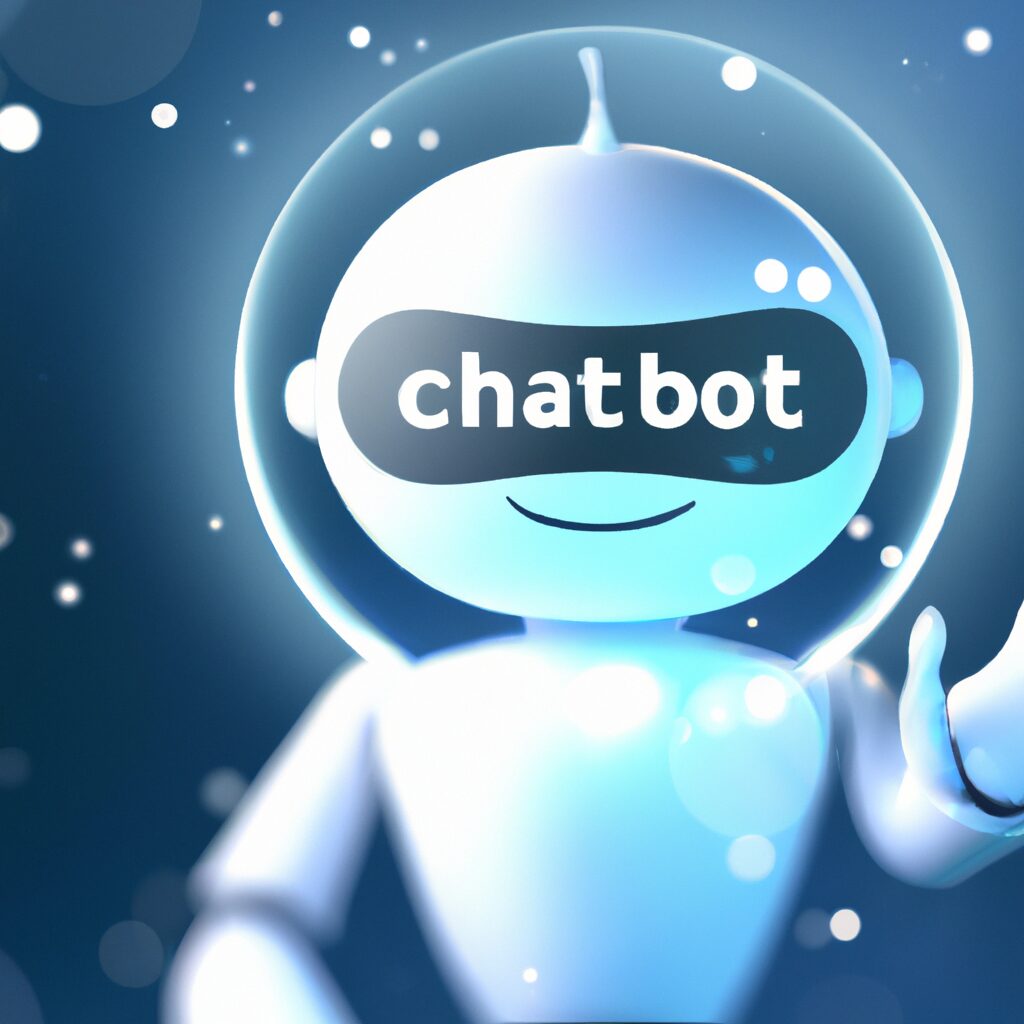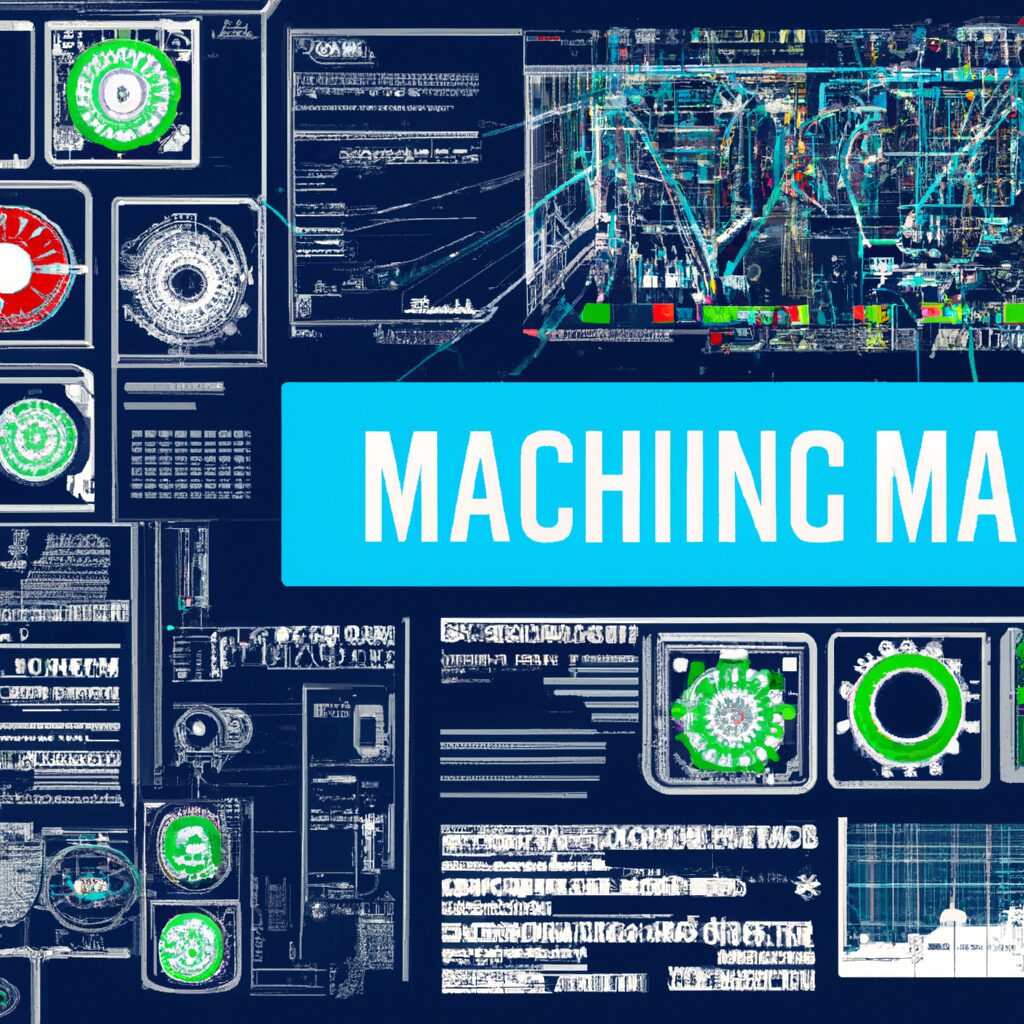The Evolution and Future of Chatbot Assistants in AI
- January 28, 2025
- Posted by: Mai - CF Brand Ambassador
- Category: Daily Blogs
The Evolution and Future of Chatbot Assistants in AI
Introduction
In recent years, chatbot assistants have become an integral part of businesses and personal applications, revolutionizing how we interact with technology. As artificial intelligence (AI) technology continues to evolve, so does the capability and functionality of chatbot assistants. This article explores the evolution, current applications, and the future trajectory of chatbot assistants in AI.
The Evolution of Chatbot Assistants
Chatbots have come a long way since their inception. Early versions were rule-based systems with limited functionality, only capable of providing preset responses to specific inputs. However, the advent of machine learning and natural language processing (NLP) has enabled chatbots to understand and process human language more effectively.
Today, chatbots are powered by sophisticated algorithms that allow them to learn from interactions, improve over time, and offer personalized responses. This evolution from basic scripted bots to intelligent assistants has broadened their applications across various industries.
Current Applications
Chatbot assistants are utilized in numerous sectors, including customer service, healthcare, finance, and education. In customer service, they provide instant responses to inquiries, reducing wait times and enhancing customer satisfaction. Healthcare chatbots assist with patient inquiries, appointment scheduling, and even preliminary diagnosis based on symptoms described by users.
In finance, chatbots are used for bank transactions, account management, and financial advice, providing users with quick and easy access to their financial information. Educational chatbots serve as learning aids, helping students with lesson queries and providing additional resources for study.

The Future of Chatbot Assistants
The future of chatbot assistants looks promising, with improvements in AI and machine learning set to enhance their capabilities even further. Developments in NLP will allow chatbots to understand complex language nuances, making interactions more natural and human-like.
Furthermore, the integration of chatbot assistants with other technologies, such as augmented reality (AR) and Internet of Things (IoT), is likely to create more interactive and immersive user experiences. These advancements will not only improve efficiency but also expand their potential applications in various domains.
Challenges and Considerations
Despite their numerous advantages, chatbot assistants face challenges such as handling ambiguous queries and maintaining user privacy and data security. As chatbots become more advanced, it is crucial to address these challenges to maximize their potential while ensuring ethical use of technology.
Developers and organizations must prioritize creating transparent and accountable AI systems to build trust with users. Furthermore, continuous training and updates are necessary to maintain the relevance and accuracy of chatbot interactions.

Conclusion
Chatbot assistants represent a significant technological advancement, redefining how humans interact with machines. As AI technology continues to evolve, these virtual assistants are set to become even more integral to our daily lives, offering enhanced services and user experiences. By overcoming current challenges and leveraging future advancements, chatbot assistants will undoubtedly play a pivotal role in shaping the future of AI interactions.
